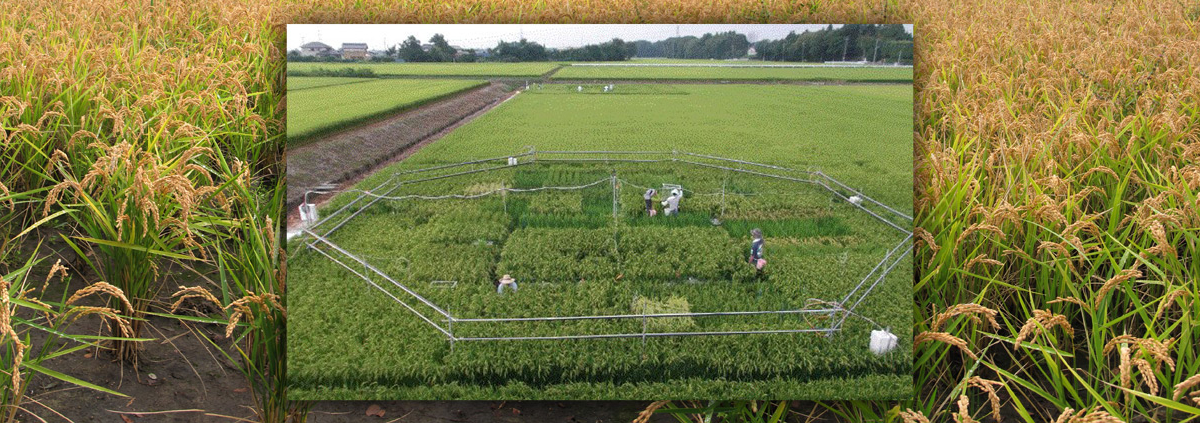How Researchers Determined the Effect of CO2 on Nutrition
An international group of researchers wanted to know how higher CO2 levels would impact the nutrient content of a staple in the diet of over two billion people: rice. If the nutrient levels change substantially, that could have an impact on the nutritional status of many people who might already be undernourished.
Over several years the researchers grew 18 strains of rice that are raised throughout the world. They used an interesting technique called FACE, which stands for free-air CO2 enrichment. The technique uses tubing to emit CO2 near the plants. The amount emitted is dependent on the CO2 levels on the plot of land and controlled by sensors. That allows them to keep the CO2 levels constant just as they would be when grown in fields while the plants grow in a natural outdoors setting.
The researchers used the CO2 levels that are estimated to occur by the end of this century. True, none of us will likely be alive by then, but most of us know people who will be. The knowledge gives agricultural scientists time to develop plants that can grow with adequate nutrient content in those CO2 levels. CO2 may not increase as expected, but future generations can be prepared if they do.
What did they find? I’ll let you know on Saturday.
What are you prepared to do today?
Dr. Chet
Reference: Science Advances: DOI: 10.1126/sciadv.aaq1012.









